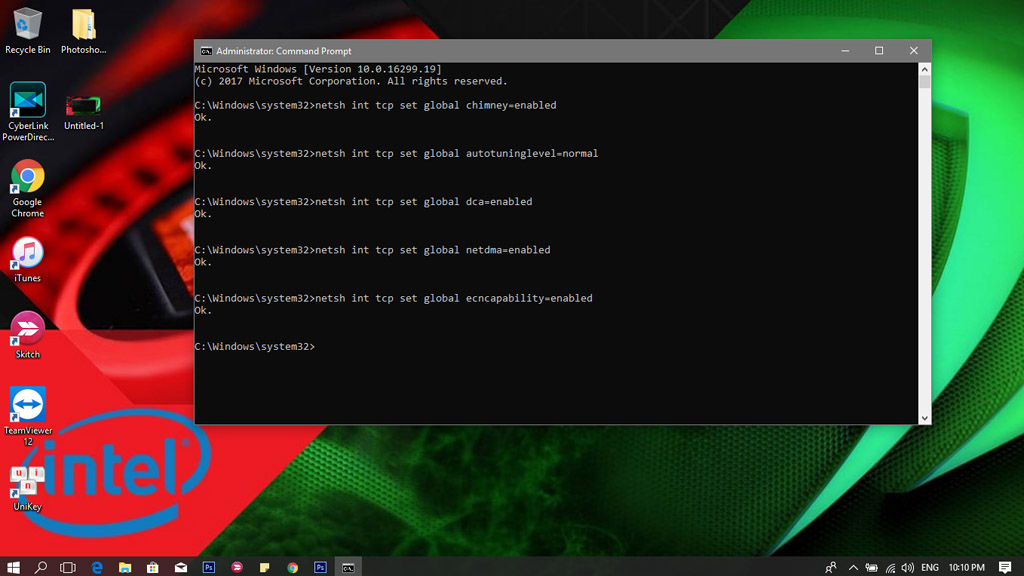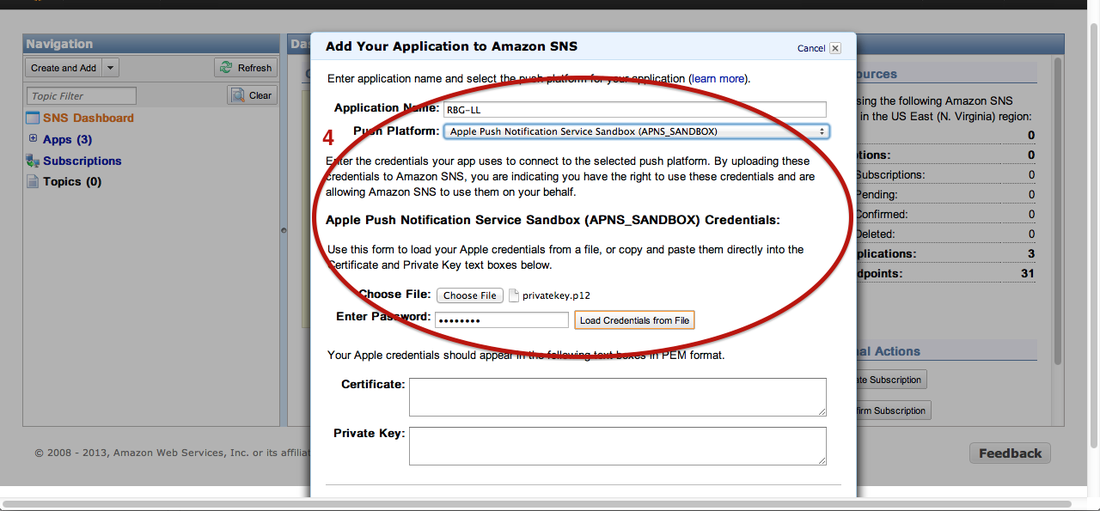
Note:By default, enrollment of personally-owned work profile devices is enabled, so no further action is needed. Here’s a great datasheet on Work Profiles. This creates a “sandbox” between corporate data and personal data. This is useful where a user owns their device (personal device) but wants to access to corporate data/resources – they would manually enroll the device into Intune MDM). Personal data on the device is kept separate from work data and admins don’t control personal settings or data. Admins can manage work accounts, apps, and data. Specifically when it comes to Android, there are several options available that may each be a different solution to the problem you are trying to solve:Īndroid Enterprise work profile: For personal devices granted permission to access corporate data. IMPORTANT: For enrolling an iOS/iPadOS device into Intune MDM, see my blog article Intune: How to MDM enroll iOS/iPadOS devices Sometimes managing the apps and device isn’t the answer and you need an Endpoint Data Loss Prevention or Data Protection solution like Windows Information Protection or Azure Information Detection.


Sometimes MAM (Mobile Application Management) is the answer ( see my blog Intune MAM vs MDM: What’s the Difference?). For those who know me well, you know that I always ask two questions when it comes to MDM: You’ll want to carefully review your requirements, but yet give users options. Repeat this for as many products as you want.When it comes to managing Android devices within the organization (using Microsoft Intune/ Microsoft Endpoint Manager), there are several options available. Again, this product doesn't have to exist in App Store Connect for you to test purchasing in the simulator. Refer to the Configuring Products guide for more information.Ĭonfigure the subscription as needed by filling in the Reference Name, Product ID, Price, Subscription Duration, and optionally an Introductory Offer. Products in the configuration file must be set up in RevenueCatĮven though products don't have to be set up in App Store Connect, they have to be set up in RevenueCat so that RevenueCat can validate the sandbox receipt. That means you can test your subscription groups and products in the simulator and then create the products in App Store Connect later. The subscription group name should match one that is set up for your app in App Store Connect, but it's not a requirement. In this tutorial, an auto-renewable subscription will be created.Įnter a name for a new subscription group and click Done. In the editor, click the "+" button at the bottom and create a new product.


Step 3: Setting up the StoreKit Configuration File


 0 kommentar(er)
0 kommentar(er)
